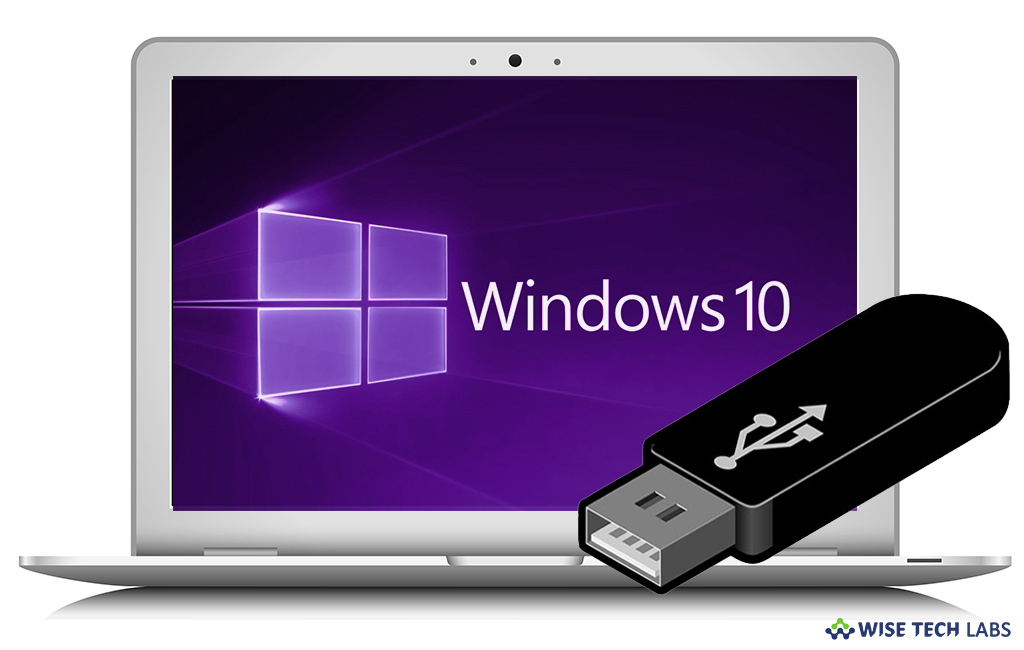How to create and use installation media for Windows 10

Even if you have updated your computer to Windows 10, sometimes you need to reinstall Windows 10 on your PC while troubleshooting some issues on your computer. For this, you may create your own installation media using a USB flash drive or a DVD. Let’s learn how to create and use installation media for Windows 10.
Before start creating installation media, you need to check the below given system requirements:
- A PC with a reliable internet connection and 64-bit or 32-bit processor (CPU).
- A blank USB flash drive or DVD with at least 8 GB of available drive space.
To create installation media for Windows 10
- First of all, select “Download tool” and then select Run. You need to login as admin to run this tool.
- Read the license terms carefully, Click “Accept”, if you are agree.

- On the “What do you want to do?” page, select Create installation media for another PC and then select Next.

- Select the language, edition and architecture (64-bit or 32-bit) for Windows 10.

- Select the media you want to use: USB flash drive with at least 8GB of space or Save an ISO file to your PC to create a DVD.

To use installation media to install Windows 10
- Attach the USB flash drive or insert the DVD to the computer where you want to install Windows 10.
- Restart the computer and then press any random key to boot from the USB flash drive or the DVD.
If your PC restarts in the same Windows version, you need to open a boot menu to change BIOS or UEFI settings so that your PC boots from the media. To get a boot menu, you need to press a combination of keys such as F2, F12, Delete or Esc immediately after you turn on your PC.
- On the Install Windows page, select your language, time, and keyboard preferences, and then click “Next.”
- Click “Install Windows” to start the installation on your PC.







What other's say